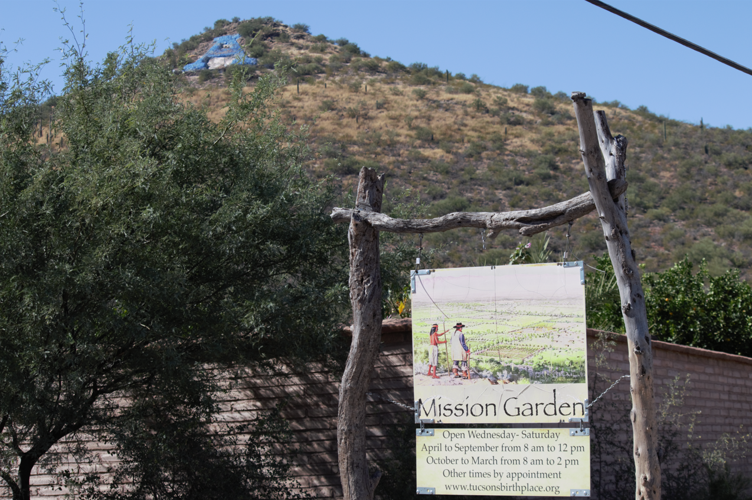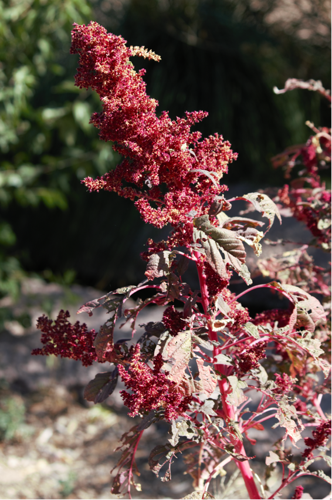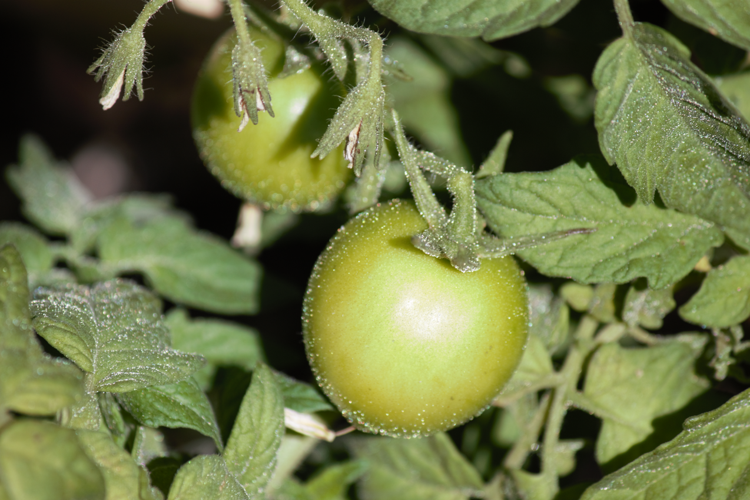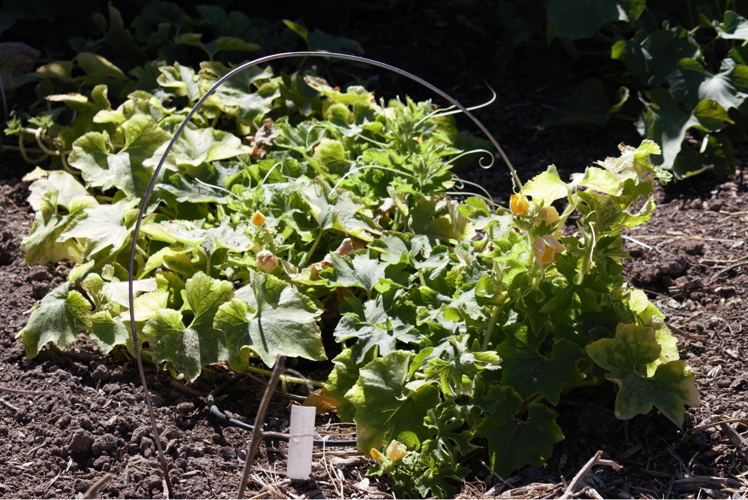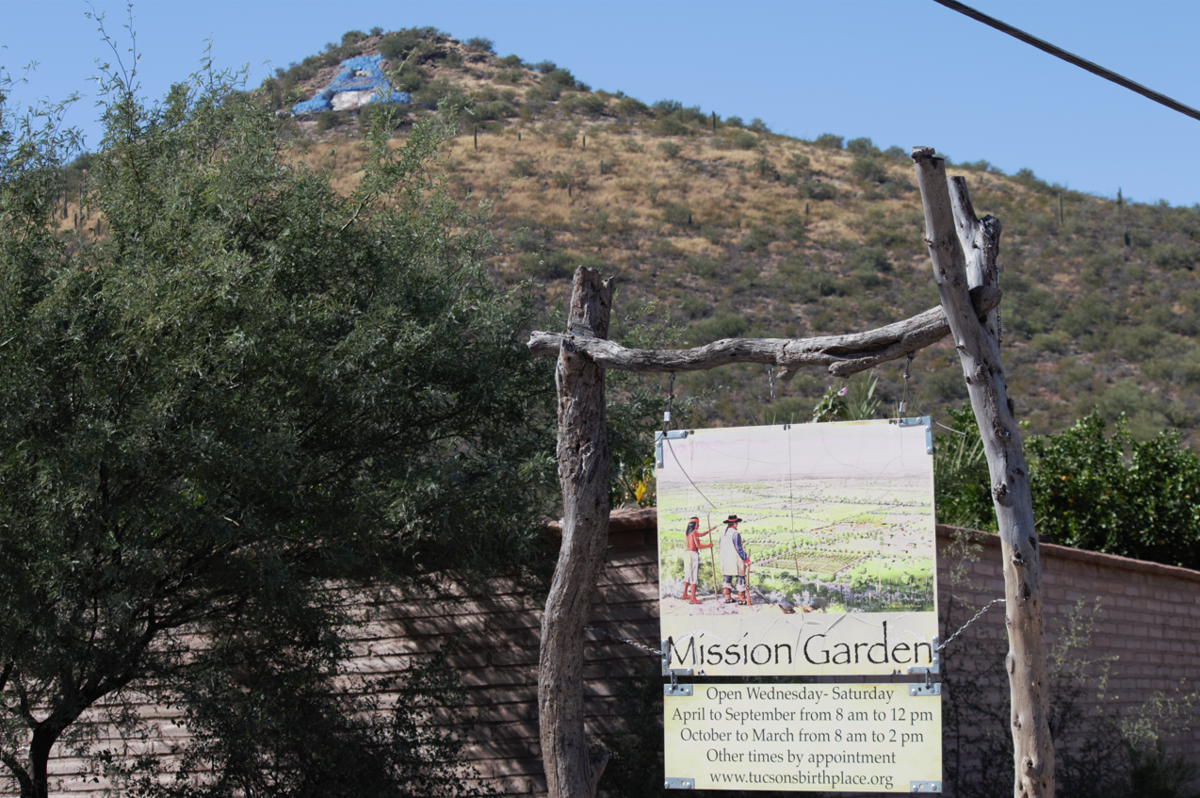Note: A copy of this story was published in the print version of the Arizona Daily Star on Sunday, Nov. 21 that incorrectly printed the date of an event. The event referenced in this story has passed, and the article has been updated accordingly.
There are few places as undeniably Tucson as Mission Garden. The plants that grow here, that have been cultivated to grow here, that thrive here, are the most distinctive features of our own setting, yet can be the easiest to overlook.
A leading objective of Mission Garden is to keep history alive in the heritage crops of every community that has thrived here, from the Hohokam to Chinese immigrants in the 19th century through today. But when you spend time at Mission Garden, you will viscerally react against the word “preserve”: preservation can conjure images of organs suspended in formaldehyde, sterile exhibits in museums, stagnancy, the enforcement of barriers between the organic present and artificial past, something gone that has been resurrected by human will.
Mission Garden is of the past, but an active being, the cultivation and continuing of traditions in the constant present.
I came here to write an article about seasonal produce. The four-acre plot is nestled at the base of Sentinel Peak ("A" Mountain), with downtown's skyline across the Santa Cruz to the east. I wanted to unlock farmers markets for my readers, give them a sense of what fresh produce is available when. You can learn that at Mission Garden, or by sticking with this article. Once you start learning about the plants that grow here, our home, it’s hard to stop. That’s why an instructional calendar for fresh produce turned into a profile of a place that is quintessentially Tucson. Here’s how it happened:

Small tomatoes can handle the low desert's extreme shifts between day and night temperatures better than bigger heirloom tomatoes, whose skins tend to split when it gets too cold.
You’ll find yourself intoxicated by the fruity, herbal scent of tomato leaves. Then someone like Emily Rockey, the garden supervisor, will tell you that small tomatoes grow better in Tucson because they can handle the extreme day-to-night temperature changes better than the big heirlooms, whose skin will split open in the cold of the night.
These plants are better attuned to what the present means than anyone holding a smartphone could ever be. There’s no barrier between an olive fruit and every tiny variable that distinguishes this moment, or day, week, or month, from the rest. If it’s a few degrees warmer than it should be at this precise moment — right now as you are reading this — that fruit will transform.
It’s important here to mention the primary conceit of this place. The garden is organized by generation and community. Visitors walk through time as they participate in the precise moment of their current existence. Walk through the tepary and lima beans of the Hohokam, then the fig trees from Spain and chilies of Mexico, the melons of Chinese immigrants — all fed by the same sun and soil and efforts of our city.
Here you can find the green beans that your abuela grows on a trellis around her garage. You can find an eden for pollinators, from hummingbirds to butterflies to wasps and bees. Lizards and quails slip in here too. High school students wearing stylish if impractical footwear learn how to test water quality and gently touch chiltepins and devil’s claws.
Emily wears a chic yet rustic uniform of a light flannel and work pants, a yellow bandanna and a hat with feathers tucked into the brim. She drives volunteers and revered elders around on an electric cart with a repurposed patio cushion for the passenger seat’s comfort.
She reveres the people she works with. They shine in the sunlight of her practical kindness. She loves this garden and the community that the garden materializes and reflects.

Amaranth grows like weeds in Tucson, but its flower tastes like sweet corn when cooked. Its leaves, like greens.
The foods that grow here sometimes materialize on upscale menus. Flora’s Market Run has featured their amaranth, Exo Roast Co. uses their fruit in pastries like galettes. Fine dining valorizes the richness of Tucson’s agricultural traditions, which can unintentionally mislead us as consumers. Yes, these foods are special and should be revered. When you see them in fine dining instead of in the produce section at Safeway, they can feel expensive or out of reach, although they should not be. These foods are the opposite of refined.
When at Mission Garden, this feels self-evident. The products of generations of knowledge are right here. You can stand in the shade of heritage olive trees, touch the sundrenched stalks of Tohono O’odham 60-day corn, and sit in the patch of Chinese winter melons. Put your feet in the same dirt that feeds these plants. Remember that outside of this place the lack of access to this information and this food is most artificial. These practices are our birthright, what keeps and has been keeping Tucsonans alive for millennia.
One of the trees at Mission Garden is a cutting from a fig tree near Quitobaquito Springs, down near Organ Pipe National Monument. This year, the long, dry summer caused a lot of fig trees to drop their leaves. It was an “oh s--t” moment for Emily, who feared losing the crop. This one tree, though, is resilient. Coming from such a dry region means it can handle these windy dry summers that have been more and more common lately.
These are the plants she imagines in their upcoming garden of tomorrow, designated for the future rather than from the past. While she has heard suggestions to incorporate hydroponics and aquaponics, those new technologies are at odds with the practical future of the desert, which is drought.

Chiltepin chilies create a classic Tucson flavor.
“Our future is resilience in the face of drought and increasing temperatures,” she said. “Our heritage foods are adapted to the extremes of low desert weather. They know how to survive here, just like us.
“When you look at grass or bougainvillea, or any number of plants you can find at Home Depot, those plants are not built for this environment. Why struggle when you don’t have to?”
Mission Garden has a farm stand at the entrance of the property on Tucson’s west side, to connect their neighbors with this food, our heritage. They give food to Iskashitaa Refugee Network and to Tucson Food Share, which gives anyone who comes by and asks, a free box full of hygiene, cooking and gardening supplies. They help connect our community to resources like Double Up Food Bucks at farmers markets.

A sun-drenched plot in the Chinese garden traces its heritage to the 19th century.
They host workshops where people can learn how to eat weeds or turn Tohono O’odham 60-day corn from seed to tortilla. Every one of their workshops is worth your time, and while there might be another event next week, you missed the quince festival for the rest of the year. If one strikes your fancy, there’s no do-over. Repetition happens only on an annual scale.
While I was there, Ruben Cu:k Ba’ak, the curator of education at the Tohono O’odham Nation Cultural Center and Museum, stopped by with three gallon-sized Ziploc bags full of cholla buds. “I saw a tiny jar of these going for $12 on the Rez,” he said. He is leading a project at Mission Garden that engages O’odham with the foods and practices that have nourished them for generations, that the U.S. government tried to exterminate with the reservation system and boarding schools foremost in a litany of existential attacks. Here and at home, Ruben can literally keep his community alive through culturally specific plants and practices.
What can be intimidating here is from the outside: our lives can necessitate the convenience of a grocery store. Our bandwidth and our budgets cannot always stretch to include or invest in something that feels extra. We have survived without the material and spiritual nutrition available here for what may be our whole lives. So why now?
This funny thing happens to me when I’m offered food that doesn’t come from a restaurant or a grocery store, but directly off a plant or foraged in the wild. I don’t trust it. I’m scared in a deep way of something apparently unsanctioned by everyday society. It feels illicit.
“That is actually really common,” Emily said as she revved up the electric cart.
When she talks about calls to action, she makes crystal clear her intention: Baby steps. You don’t need to grow all your own food. Let’s start by growing one thing. Let’s start by going to the farmers market once a month, or for once at all. From there, you might just feel inspired to invest more into this radical, impossibly local act of nourishing yourself, your community.

The Hohokam brought some of the earliest agriculture to the Tucson area.
One of the many jobs Emily commands is helping Native Seeds Search grow out their seeds, to keep them fresh and decide which to preserve. Recently, they were having trouble with their ke:lo ba:so melons. The O’odham that used the seeds would grow the melons and report that the fruit didn’t taste the way they remembered as children.
So Mission Garden grew fruit from all the different seeds available, and invited respected O’odham elders to taste-test the products. The elders ranked each fruit on its qualities: color, shape, size, flavor, sweetness. Together they found which melons were truest to their memories. Those seeds, then, would be saved, and one day soon, planted.
Mission Gardens is located at 946 W. Mission Lane and is open to the public Wednesday-Saturday from 8 a.m. to 2 p.m., with a $5 suggested donation. For more information, visit their website.
Below, find a list of seasonal produce that you can find at Mission Garden and some farmers markets in Tucson. For more information about farmers markets, check out our article.

Membrillo, or quince, are in season right now. They taste like if an apple and a pear had a baby, and are the texture of an underripe pear. Usually they are processed into jam, cajeta, or cooked in pastries for peak deliciousness.
Heritage fall/winter produce:
Autumn (late September through late December)
Early: sage, sweet potato greens, chilies, Chinese winter melon, basil
Mid/all: quince, jujubes, sugar cane
Late: sweet limes
Winter (late December to late March)
Early: sweet limes, sweet potatoes, ha:l squash, magdalena big cheese squash
Mid/all: sour oranges, i’itoi’s onions, fennel, lettuce
Late: magdalena acelgas, fava beans, kale
Other fall/winter produce:
Autumn (late September to late December)
Early: cucumber, melons, squashes, tomatillos
Mid/all: corn (fresh, not dried), eggplant, kale, sunflowers, sweet potatoes
Late: Jerusalem artichoke, artichoke
Winter (late December to late March)
Early: Jerusalem artichoke
Mid/all: artichoke, broccoli, brussels sprouts, cilantro, mustard greens, onions, swiss chard, turnips
Late: cauliflower, parsley, peas, radishes, rutabaga, spinach


